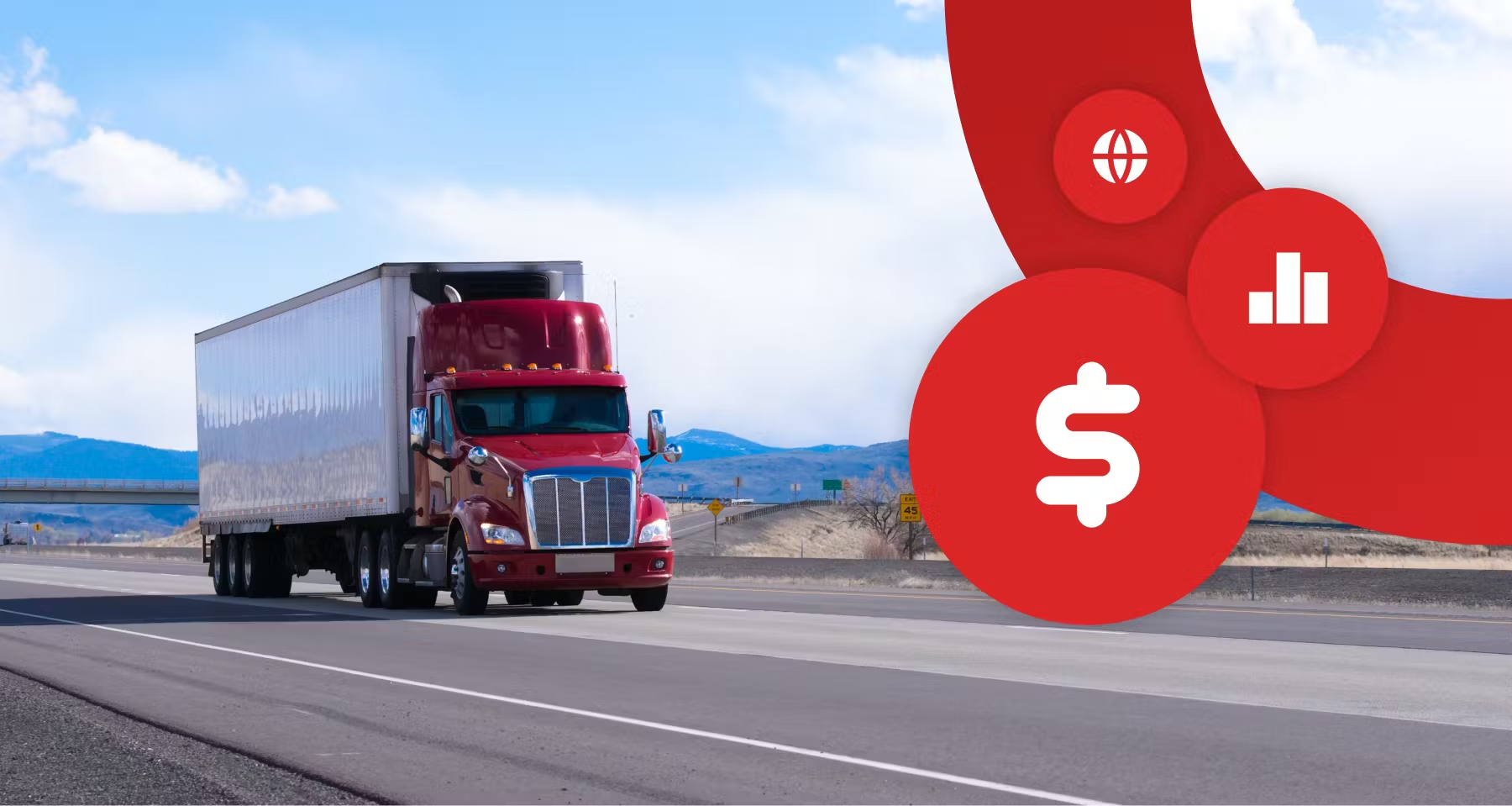While this year has seen a level of normality return to trucking, a number of challenges continue to affect road freight logistics, an industry largely responsible for making sure Americans get the goods they need when they need them. Trucks are responsible for moving 72.5% of America’s freight and last year did $940.8 billion in gross freight revenue. Yet this vital industry is facing important challenges that are making it difficult to predict and plan for what’s to come.
Here we look at four key challenges currently facing the US freight industry and how companies might manage them to ensure and more efficient and productive future.
Rising costs
Although last year’s record spikes in diesel prices have settled, fuel costs remain a primary concern for the freight industry. The cost of crude oil, the largest component of diesel prices, is particularly vulnerable to unpredictable factors like geopolitical uncertainties and climate change, while refinery and distribution costs continue to rise.
The 2023 Trucking Perspectives survey by Inbound Logistics found that 70% of shippers said their top concern is reducing transport costs, and more than half reported price pressure being another top challenge. Besides the volatility of fuel prices, freight companies are managing rising costs related to operations and staff management, equipment maintenance and capacity, and more.
Staff shortages
Transportation and logistics companies are facing unfamiliar challenges when it comes to retaining and recruiting staff across their operations, from truck drivers to warehouse workers. Recent studies estimate a shortage of 80,000 truck drivers in the US — a gap that’s expected to double by the year 2030. Staffing shortages have become a bigger issue in the wake of the pandemic, when many workers left jobs that took them away from their families for long periods of time or to pursue more flexible careers.
Companies that have managed to hold onto employees are actively engaging methods to increase retainment, from improving processes for management and paperwork to providing greater flexibility for staff. Still, as capacity and demand remain uncertain for the year ahead, the challenge of adequately staffing operations persists.
Need for digitalization
Recent years have seen accelerated adoption of technology across freight and logistics; however the industry is far from fully optimized when it comes to digital tools. Logistics planning, supply chain management, and transport communications are some of the key areas that benefit tremendously from digitalization. And equally important, though often less discussed, are areas like employee enablement, predictive maintenance, and other factors that keep operations running smoothly.
Selecting and implementing digital tools can be a challenge for freight operators, especially alongside other unpredictable concerns. Yet, digitalization is also a key to unlock greater efficiencies and savings across the business, so it remains a necessary investment. Luckily, some modern, fully digital platforms don’t require a large implementation process or take time to prove value, such as Relay’s fraud-free digital payments for fuel and over-the-road expenses, which can be set up in just hours.
Supply chain disruption
Uncertainty in the supply chain is nothing new for freight companies, but the volume and scale of global issues impacting supply chain operations is. Geopolitical issues have complicated the movement of goods around the world in multiple ways, with varying repercussions on our economy. Stronger storms and unprecedented weather events are causing unpredictable interruptions not only to transportation but also manufacturing and demand.
Still a recent study from the Harvard Business Review found that just 11% of suppliers are fully prepared for weather-related disruption. The need to invest in climate-resilient supply chain strategies and adopt sustainable transportation solutions has become paramount in mitigating the adverse effects of these disruptions, now forcing the industry to reevaluate practices and adapt to a changing world.
The business of freight transportation has undoubtedly changed this decade, with uncertainty seemingly now a hallmark challenge for companies committed to delivering goods on schedule across America. Fortunately many of the greatest challenges facing freight companies today have solutions that can help not just address current issues, but set organizations up for more productive futures.


